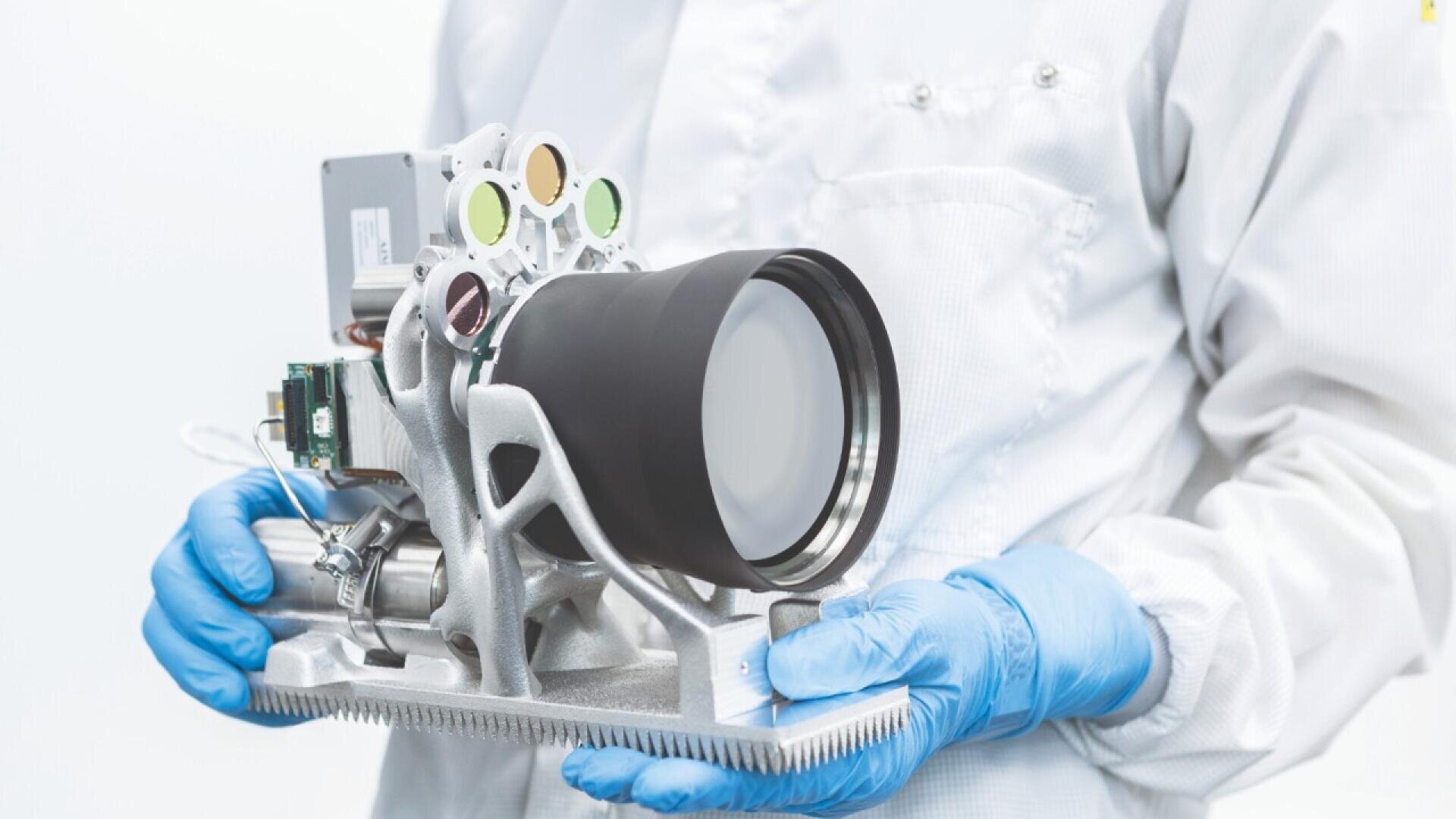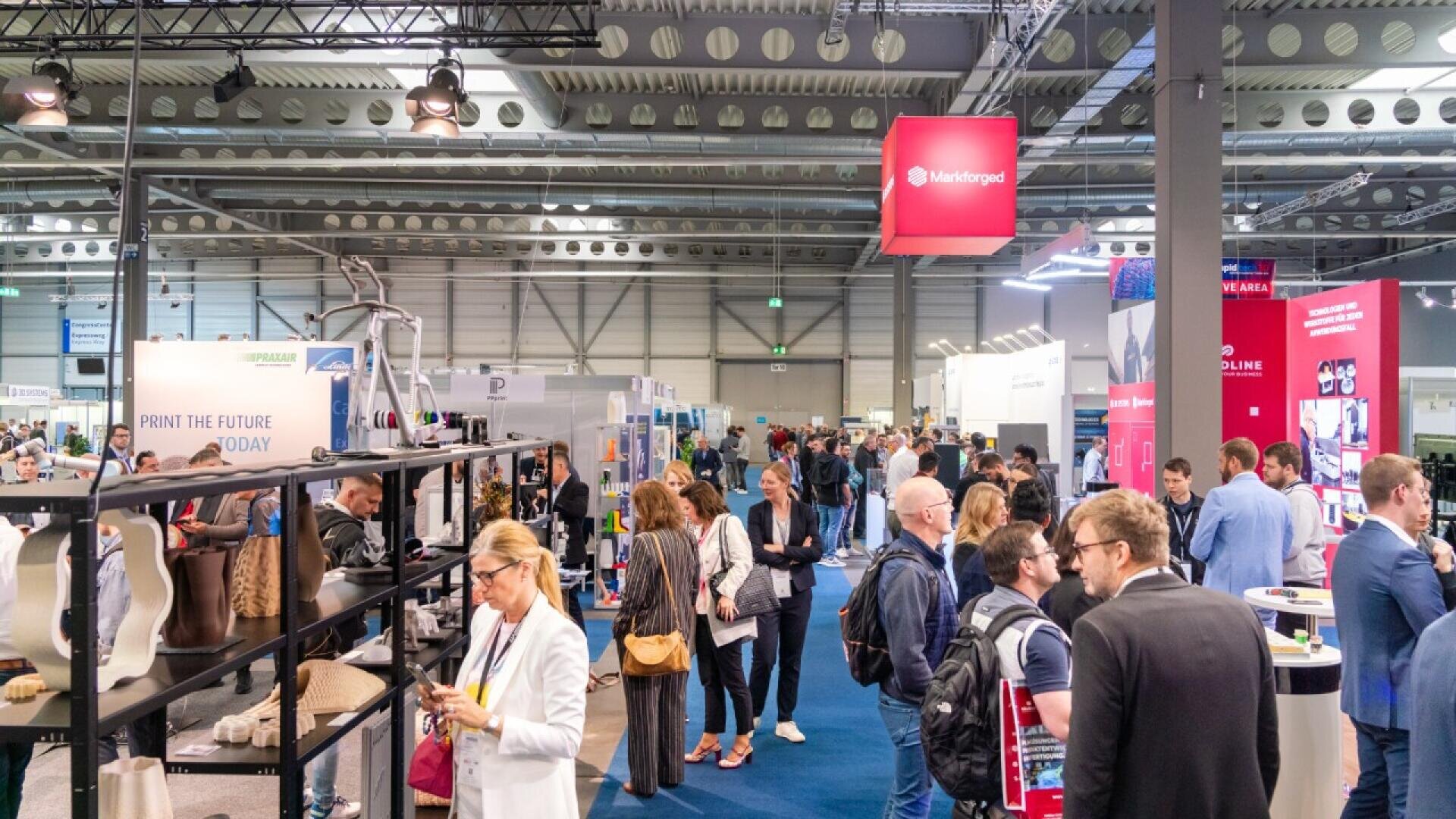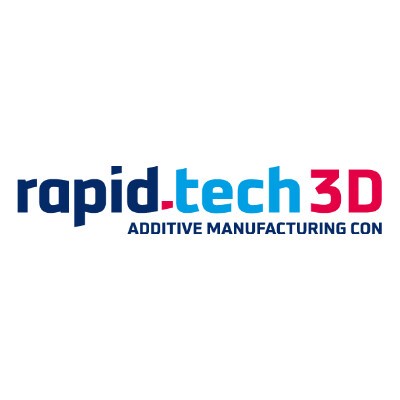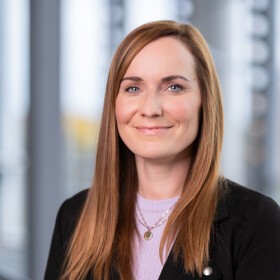Taking additive manufacturing to new heights
Innovative and profitable additive manufacturing (AM) applications are the focus of the Aerospace trade forum at the 21st edition of rapid.tech 3D on 13 May 2025
(Erfurt, 19 February 2025). Air traffic is flying high again after the Covid-19 pandemic; civil and military missions into space are also on the rise. This calls for innovative technical, economic and ecological solutions from the aerospace industry. Join the rapid.tech 3D Aerospace Forum on 13 May 2025 to find out what additive manufacturing (AM) can do.
Getting it right first time
This year’s forum turns its attention to AM applications that are both innovative and profitable. “Put simply, aerospace is about achieving flight with the lowest possible weight and highly integrated functionality in the smallest possible installation space. Additive manufacturing can provide innovative solutions in this area that would not be feasible with conventional technologies. But: AM also needs to be profitable, especially in light of the qualification and certification that is also required. When you’re dealing with often very small quantities, as is particularly the case in the aerospace industry, you have to get it right first time. The clear focus of the Aerospace Forum is therefore on applications that offer the user added value and have already proven this in the field,” explains Stephan Eelman, Boeing’s Head of Strategy for Europe, who has been steering the content of the forum since 2022.
Getting more cost-effective AM components off the ground in the aviation industry
How additive manufacturing is driving future aerospace applications will be the topic of the opening keynote of the 21st edition of rapid.tech 3D, scheduled to take place directly before the forum. Speaker Dr Karl-Heinz Dusel from MTU Aero Engines also looks at innovation and profitability. He demonstrates how reducing the cost of 3D-printed components in particular is key to AM becoming more widely used in the aviation industry and presents ways that this can be achieved.
ERNST and Ariane take off with AM applications
The first block of the forum will examine AM solutions for the aerospace industry. Dr Aaron Pfaff from the Fraunhofer Institute for High-Speed Dynamics, Ernst-Mach-Institut (EMI) uses the example of ERNST – the first small satellite to support military tasks in Germany and whose infrared camera enables the detection of missile launches – to demonstrate the successful application of multidisciplinary topology optimisation and generative design in the field of nanosatellite technology. Insights gained during the ERNST mission will be used in the development of future nanosatellites.
The Ariane 6 launch system also powered into space with AM components. On its maiden flight on 9 July 2024, it had several additively manufactured and qualified components on board that scored a technology readiness level of 9 and therefore "flight proven" status. Dr Steffen Beyer from the Ariane Group will illustrate how the project became a commercial success, thanks in part to the Auxiliary Power Unit (APU), manufactured using laser beam melting. The unit contributes significantly to the versatility of the Ariane 6 upper stage, and its complex design showcases the full potential of additive manufacturing.
Manufacturing components for aircraft systems and combustion chamber segments
The second block of the forum will focus on AM applications for aviation. Svenja Pestotnik from Liebherr-Aerospace outlines the pathway of an additively manufactured hydraulic component from idea to certification, looking at AM-compliant development and production method selection along the way. She also discusses related challenges and future potentials.
Angelika Jedynak explains how CHESCO teamed up with Rolls-Royce Germany to conduct a parameter study that enabled them to successfully manufacture combustion chamber segments from the Haynes 282 alloy without support structures. This allows the laser melting production chain to be optimised without compromising the stability of the printing process or the desired material quality.
Representing Materialise, Erik de Zeeuw will shed light on how AM polymers are making headway in the aerospace industry, particularly from a sustainability perspective. Howmet Tital presents a metal casting process that offers an alternative to the AM processes already established in the aerospace sector. The company produces ready-to-install aluminium and titanium components using investment casting and additively manufactures the necessary moulds.
Making legacy aircraft more economical, cost-effective and lighter
Carsten Holze from Pioneer Aeronautics Innovation (PAI) provides an example of how sustainability and profitability go hand in hand. Together with partners, PAI has aerodynamically optimised the wingtip of an existing aircraft, achieving weight reductions of over 25 percent on a prototype. The result? Manufacturing costs cut by half and fuel savings of over ten percent. And all made possible by combining AI-based analysis and optimisation tools with AM manufacturing techniques.
“This example illustrates a new trend in the development sector. In combination with AI, digitalisation technologies such as digital twins or the creation of digital product passports, we can unlock further potential for innovative, economical and reliable AM solutions in the aerospace industry,” emphasises Stephan Eelman.
Plenary session for speakers and visitors
Forum participants will be able to discuss their questions and comments with the speakers directly after the presentations. The session provides another opportunity for speakers and visitors at rapid.tech 3D to get together and engage with one another.
Alongside the Aerospace trade forum, other forums at the rapid.tech 3D specialist conference will provide insights into the latest AM developments and applications. On the first day, the VDMA AM4industry Forum, focussing on robotics, and the quality-approved Science Forum invite visitors to delve into these topics. The Electronic Engineering & Components Forum will premiere on day two; also on that day’s programme are the Chemistry & Process Engineering Forum and the Mobility Forum. The final day sees the forums Software, AI & Design, Innovation in AM and Energy Technology & Hydrogen welcome participants.
Visitors can also look forward to product and service demonstrations as well as small group discussions in Hall 2 – at the exhibitors’ stands or on guided Technical Deep Dive tours, at the Expert Tables, and at the AM Science Poster Slam in the hall.



